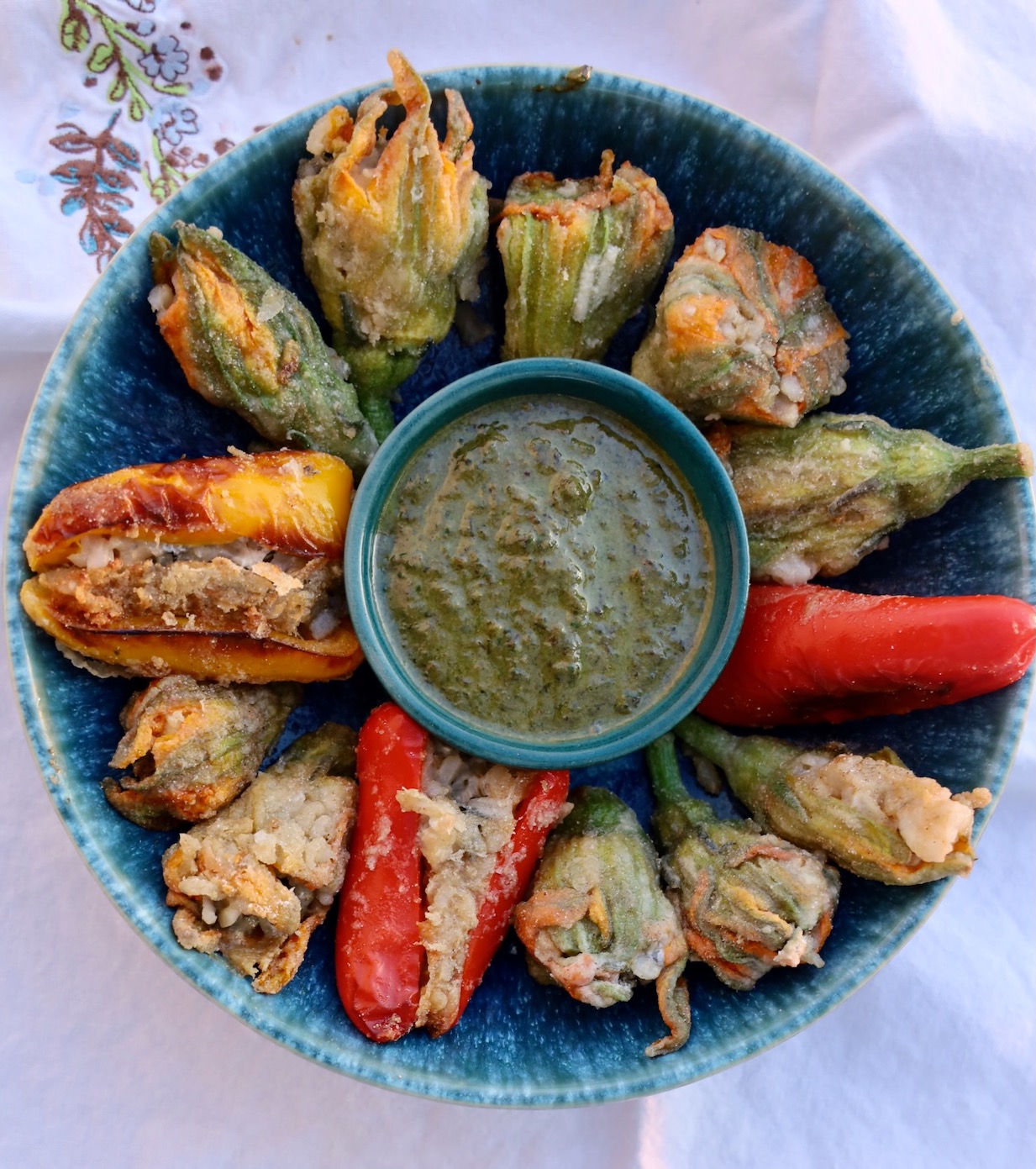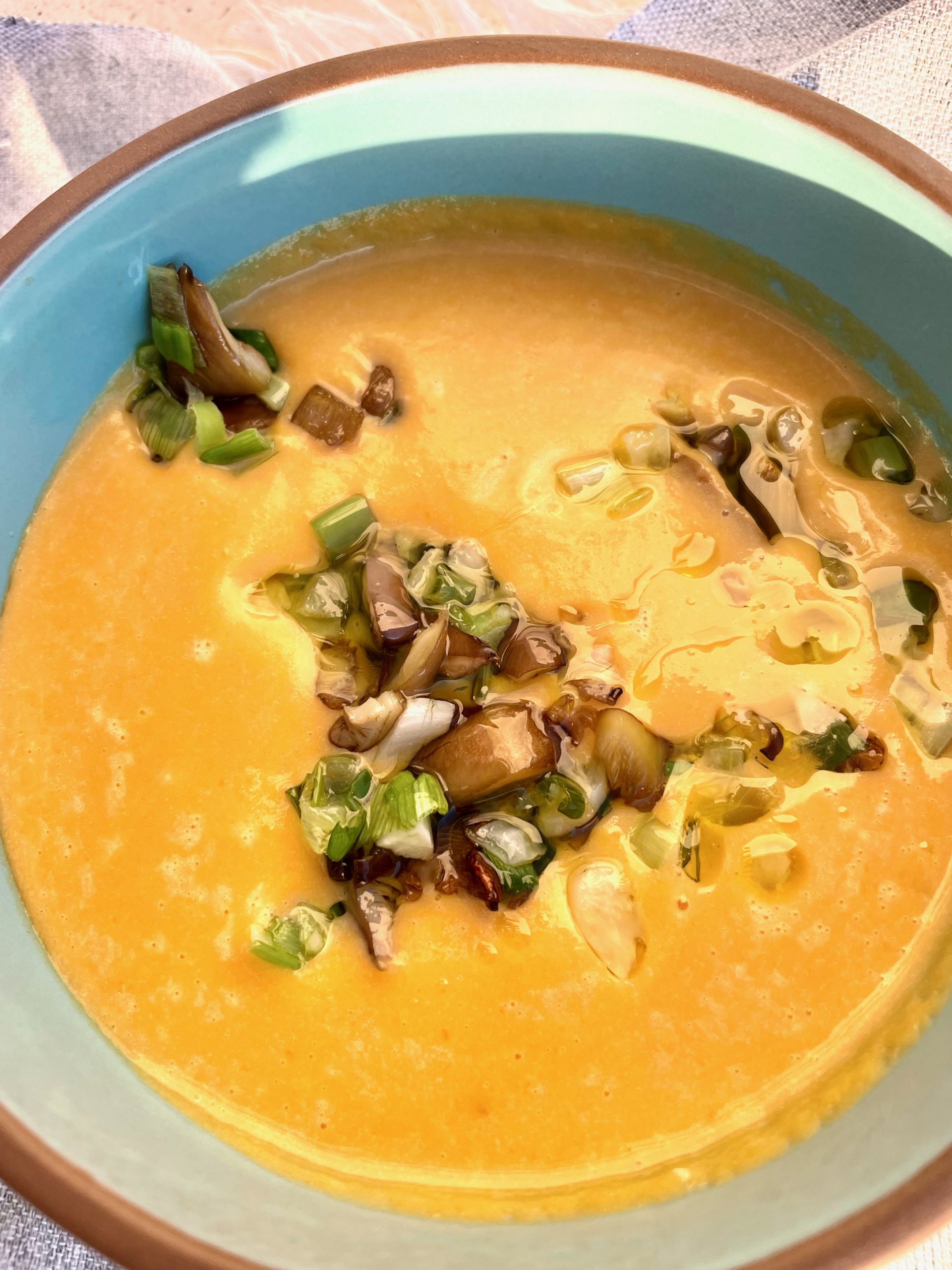
Carbohydrates have often been unjustly demonized due to their association with poor health outcomes. However, it’s essential to discern between different types of carbohydrates. The culprits behind health issues are usually those lacking in fiber or those classified as simple carbohydrates.
Consuming carbohydrates without balancing them with adequate fiber, fat, or protein in your meal can negatively impact blood sugar levels. To mitigate this, starting a meal high in complex carbohydrates with some fiber can slow down the release of glucose into the bloodstream.
The real issue lies with unbalanced simple carbohydrates, which trigger a rapid rise in blood sugar followed by a significant insulin release and subsequent drop in blood sugar levels.
The popularity of low-carb diets stems from the difficulty people face in distinguishing between various types of carbohydrates. This made it simpler for dietary trendsetters to advocate for a blanket “no carbs” approach. Yet, history shows a similar vilification of fats before carbohydrates took the spotlight. Many may recall the era of low-fat everything, which failed to address weight issues effectively.
Anecdotes, such as the experience of my glamorous Aunt (who resembled a star like Penelope Cruz), illustrate this point. Despite her efforts with a pantry full of low-fat products, she struggled with weight management. In contrast, my rather plain mother maintained her figure by consuming whole foods like brown rice, fruits, vegetables, and beans. These foods, rich in carbohydrates, also provide ample fiber, which slows down glucose release into the bloodstream. A prime example is the contrast between brown and white rice—while the former retains its fiber-rich bran layer, the latter lacks it, leading to rapid glucose spikes.
Beyond weight management, carbohydrates are crucial for optimal brain function. Glucose serves as the primary fuel for the brain, with proteins and fats unable to substitute effectively. Attempting to restrict carbohydrates significantly while expecting peak mental performance is akin to using diesel fuel in a gasoline engine—it’s simply not suited for the task.
In conclusion, demonizing all carbohydrates oversimplifies a complex nutritional landscape. By understanding the role of fiber and opting for whole, balanced carbohydrate sources, we can enjoy their benefits without adverse health effects. Remember, it’s about balance and choosing wisely to fuel both body and mind optimally.
This recipe is packed with rice, but it’s perfectly balanced for three key reasons. Firstly, the rice used is high-fiber brown rice. Secondly, the inclusion of manchego cheese provides both fat and protein, while coconut oil further helps in lowering the glycemic index. Plus, you still get the essential carbohydrates to fuel your brain.
If you prefer to skip the cheese or opt for a vegan alternative, you can still enjoy a well-balanced appetizer (or perhaps even a meal). If you reminisce about those stuffed peppers from Sonic during your childhood, this recipe takes it up a notch and demonstrates how such a dish can truly nourish your body. Also squash blossoms are a super food and are a cancer prevention food.

Stuffed Squash Blossoms
Equipment
- cheese grater
- 1 cast iron, copper, or stainless skillet
Ingredients
- 1 cup cooked brown rice
- 1 1/2 c manchego cheese grated
- 10-12 squash blossoms if you have fewer, stuff more peppers
- 3-7 baby red and yellow sweet peppers
- 1/2 t salt
- Coconut oil for frying, about 1/3 c
- tapioca flour for dredging, about 1/2 c
Notes

More on Carbohydrate Metabolism
Carbohydrate metabolism is the process by which carbohydrates are broken down to produce energy in the form of ATP. This process occurs in the TCA cycle, also known as the Kreb’s cycle or the Citric Acid Cycle. Carbohydrates are made up of chains of sugar molecules linked by glycosidic bonds. These bonds can be simple or complex, depending on the number of sugars in the chain. Monosaccharides, such as fructose, glucose, and galactose, can be directly utilized by the body, while polysaccharides must first be broken down into monosaccharides before they can be used. The breakdown of carbohydrates begins with the process of glycolysis, in which glucose is converted to pyruvate. Pyruvate then goes through the TCA cycle to produce ATP, the energy molecule that is essential for all cellular processes. Additionally, glucose can be produced from other substrates through a process called gluconeogenesis.
Carbohydrates are the primary source of fuel for the body, providing energy in the form of ATP. Unlike fats and proteins, carbohydrates can be directly utilized by cells for energy production. But all the pathways of metabolism are open and feed into each other and eventually the TCA cycle even if the breakdown of a compound does not result in a net yield of energy.
Fats and proteins must first undergo a process of deamination and the nitrogen excreted by the liver before they can be used as fuel. Proteins can be converted into glucose through a process called gluconeogenesis, and some amino acids can be converted into pyruvate, which enters the TCA cycle to generate ATP. However, using other substrates for fuel instead of carbohydrates can be more energy-intensive and may not be as efficient. For example you will make your kidney’s work hard to excrete the excess nitrogen that comes from shuttling protein into gluconeogenesis or the TCA cycle. Therefore, it is important to consume sufficient carbohydrates to meet the body’s energy needs.
Carbohydrates have recently been given a negative reputation, due in part to the lack of understanding about the different types of carbohydrates among the general public. Just as there is growing awareness about the different types of fats, there needs to be a similar awareness about the range of carbohydrates and the varying effects they have on the body. Additionally, the impact of carbohydrates on the body can vary depending on whether they are consumed in combination with fiber, protein, and fat. Similar to how some fats can be detrimental to health (trans fats) while others are essential for proper brain development (DHA), simple carbohydrates can be harmful, while complex carbohydrates are necessary for brain function, physical abilities, and child/ fetal development, and can be found in foods that also provide complementary proteins and a wide range of essential vitamins, minerals, and phytochemicals.
What makes a carbohydrate good or bad?
The key to understanding how different carbohydrates affect the body is to consider how they affect blood sugar levels and insulin response. Insulin is a hormone produced by the pancreas that helps the body store glucose. When you eat carbohydrates, your pancreas releases insulin to help the glucose enter your cells. However, when your body sees high quantities of insulin on a regular basis, the cells change the lock of their glucose door to prevent too much sugar and insulin from entering all the time. This is called insulin resistance, which leads to excess sugar remaining in the bloodstream. The brain is the only organ that does not need insulin to take up sugar from the bloodstream because mental function is primarily determined by the maintenance of a stable blood sugar.
Excess sugar in the bloodstream can be damaging to your health, just like too many 18-wheelers on the road can cause traffic and pollution. When there is too much sugar in the bloodstream, it can damage blood vessels, lead to inflammation, and increase the risk of chronic diseases such as diabetes and heart disease and increase the likelyhood of pregnancy complications such as pre-eclampsia and gestational diabetes.
It’s important to consider how different carbohydrates affect your blood sugar and insulin response, and choose those that have a lower glycemic index and glycemic load. Complex carbohydrates are generally a better choice than simple carbohydrates, but it’s also important to consider the overall nutrient content and quality of the food.
In your diet, it’s important to focus on consuming nutrient-dense, unprocessed, whole foods that are rich in complex carbohydrates. These foods, such as whole grains, fruits, and vegetables, are high in fiber, vitamins, and minerals and provide important health benefits. At the same time, it’s important to limit the intake of foods high in added sugars or refined carbohydrates, which can contribute to chronic health conditions.
Additionally, recent research has shown that certain phytates and polyphenols found in carbohydrate-rich foods, which were once thought to be “anti-nutritive,” actually have complex health benefits {Craig, 1997 #218}. For example, they may inhibit the growth of cancer cells, improve gut health and lower the risk of chronic diseases. So, not only are you getting the energy boost from carbohydrates but also the nutritional benefits from these phytates and polyphenols, making them a win-win for your overall health.
Craig, W. J. (1997). “Phytochemicals: Guardians of our Health.” Journal of the American Dietetic Association 97(10, Supplement): S199-S204.
“Consuming a diet rich in plant foods will provide a milieu of phytochemicals, nonnutritive substances in plants that possess health-protective benefits. Nuts, whole grains, fruits, and vegetables contain an abundance of phenolic compounds, terpenoids, pigments, and other natural antioxidants that have been associated with protection from and/or treatment of chronic disease such as heart disease, cancer, diabetes, and hypertension as well as other medical conditions. The foods and herbs with the highest anticancer activity include garlic, soybeans, cabbage, ginger, licorice, and the umbelliferous vegetables. Citrus, in addition to providing an ample supply of vitamin C, folic acid, potassium, and pectin, contains a host of active phytochemicals. The phytochemicals in grains reduce the risk of cardiovascular disease and cancer. J Am Diet Assoc. 1997;97(suppl 2): S199–S204.”







